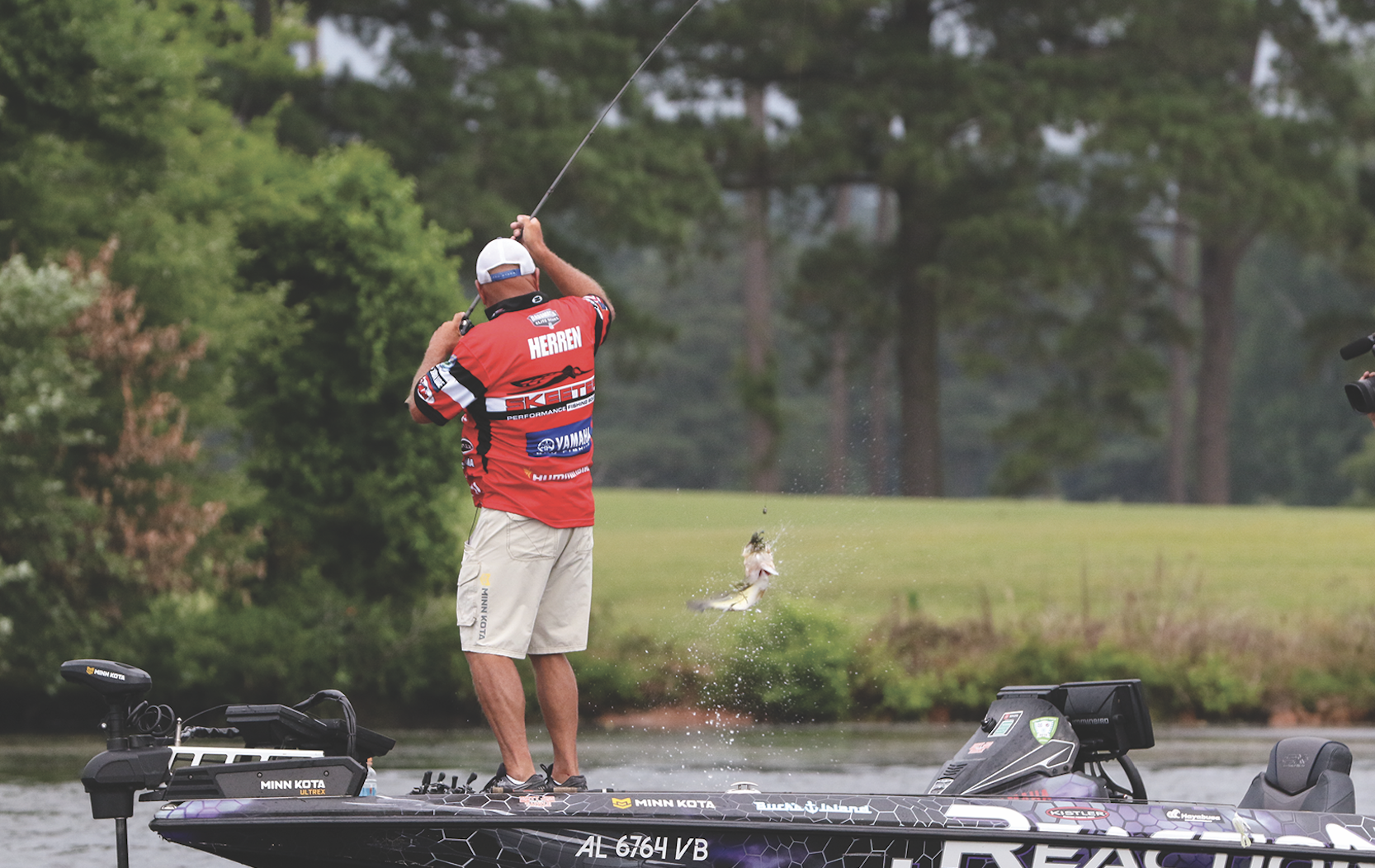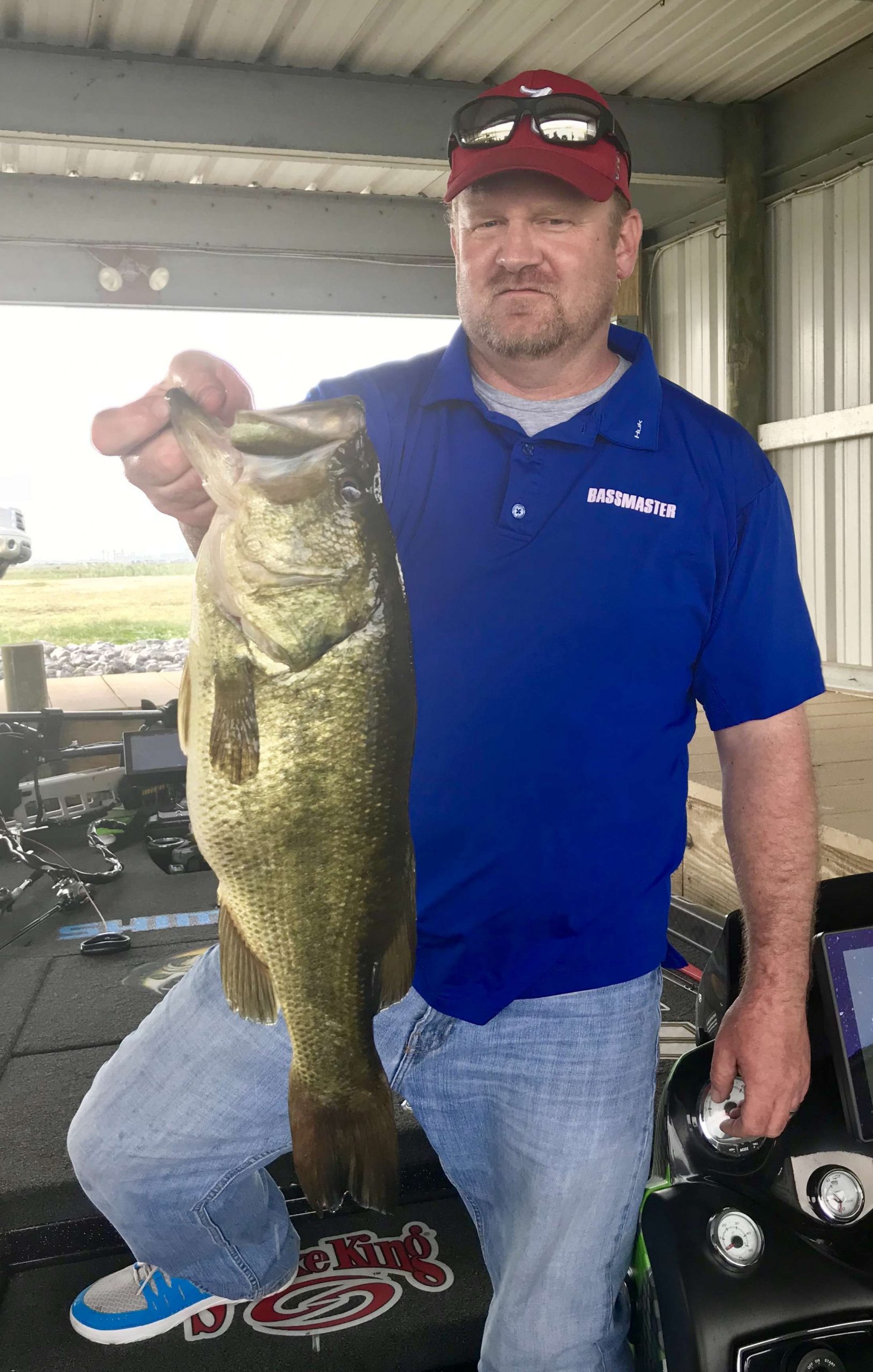
Early on day one of the 2019 Bassmaster Elite Series event at Lake Guntersville in June, veteran Alabama pro Matt Herren dropped his trolling motor and started making pitches into a submerged wall of grass that was situated in about 6 feet of water. In no time flat, he had a five-bass limit that weighed nearly 19 pounds — and he rode the spot for four days to a fifth-place finish and a $15,000 paycheck. It was obviously a good decision. But still, this was Guntersville. Why the heck wasn’t he out on the ledges?
“It’s simple,” Herren said, laughing. “Because that’s where everyone else was.”
Herren’s logic is just more evidence of a growing trend on lakes across the country that have always been known as ledge fisheries. As bass finish their spring spawning rituals along the shoreline, they instinctively move deeper for the summer months when water temperatures will push as high as 90 degrees in some places.
But with so many anglers now expecting that move — and the advances in electronics making it easier for those anglers to zero in on offshore schools — many bass aren’t staying on the ledges for long. “When they move out there, they start getting pressure right away and two things happen,” Herren said. “First, the move coincides with the bluegill spawn. So, all of that food source goes to the bank.
Then you have a crawfish spawn and a shad spawn along the shoreline, too. “At the same time, those bass are getting beat on by the fishermen out on the ledges and the grass is starting to grow up. So, the bass just run back to the grass and don’t really have a good reason to leave again until the grass starts going away.”





